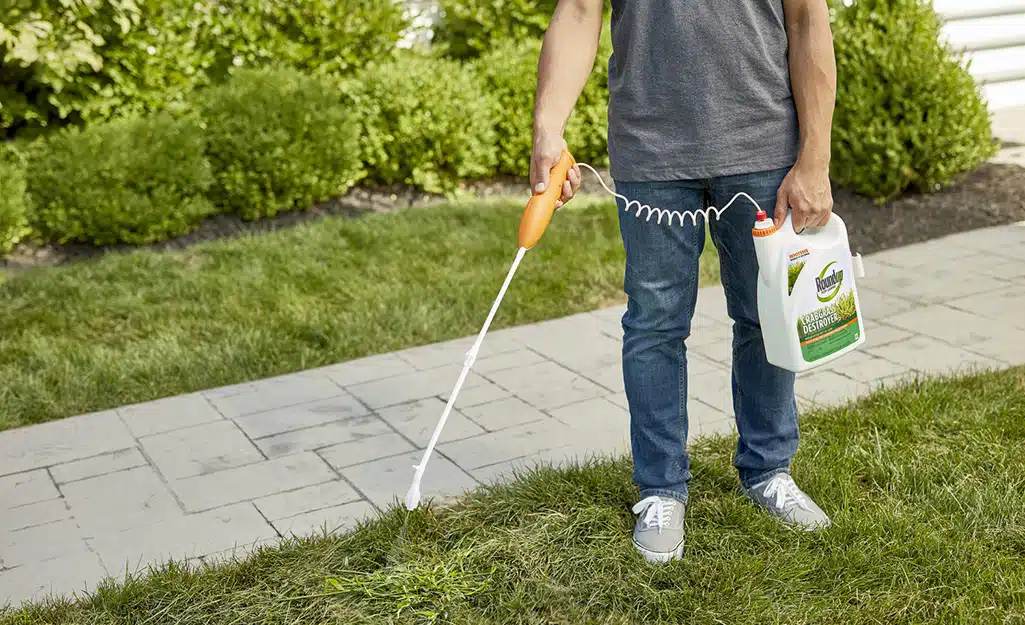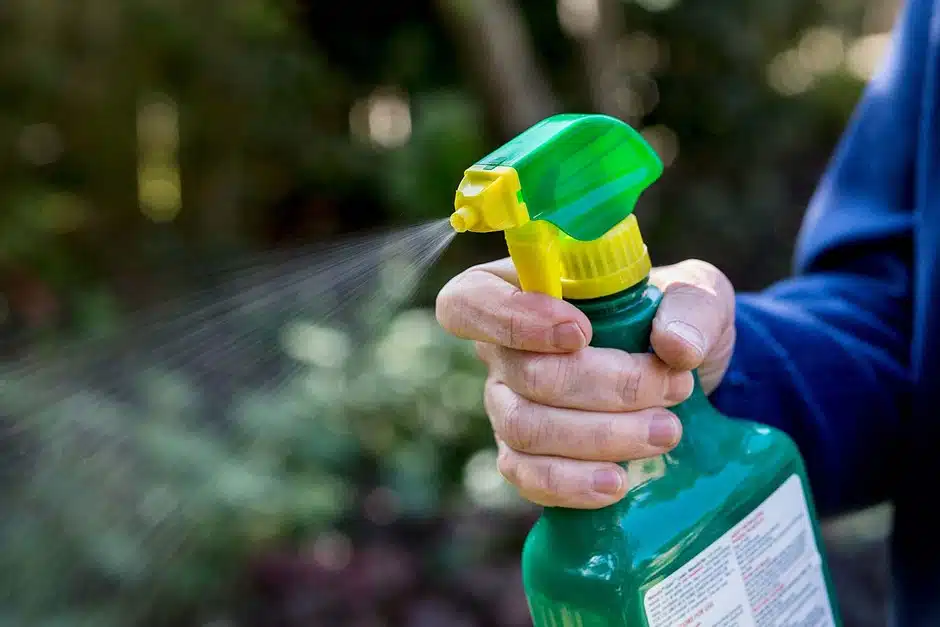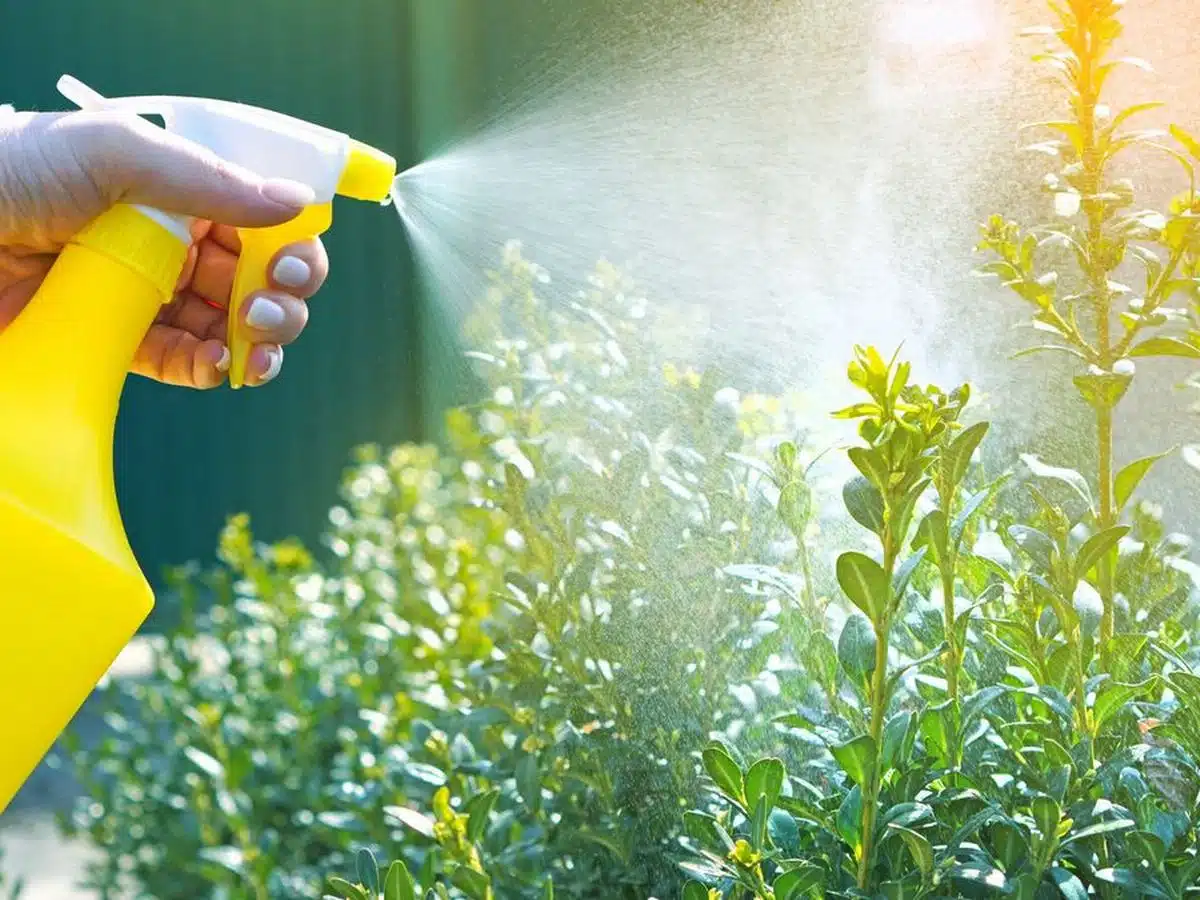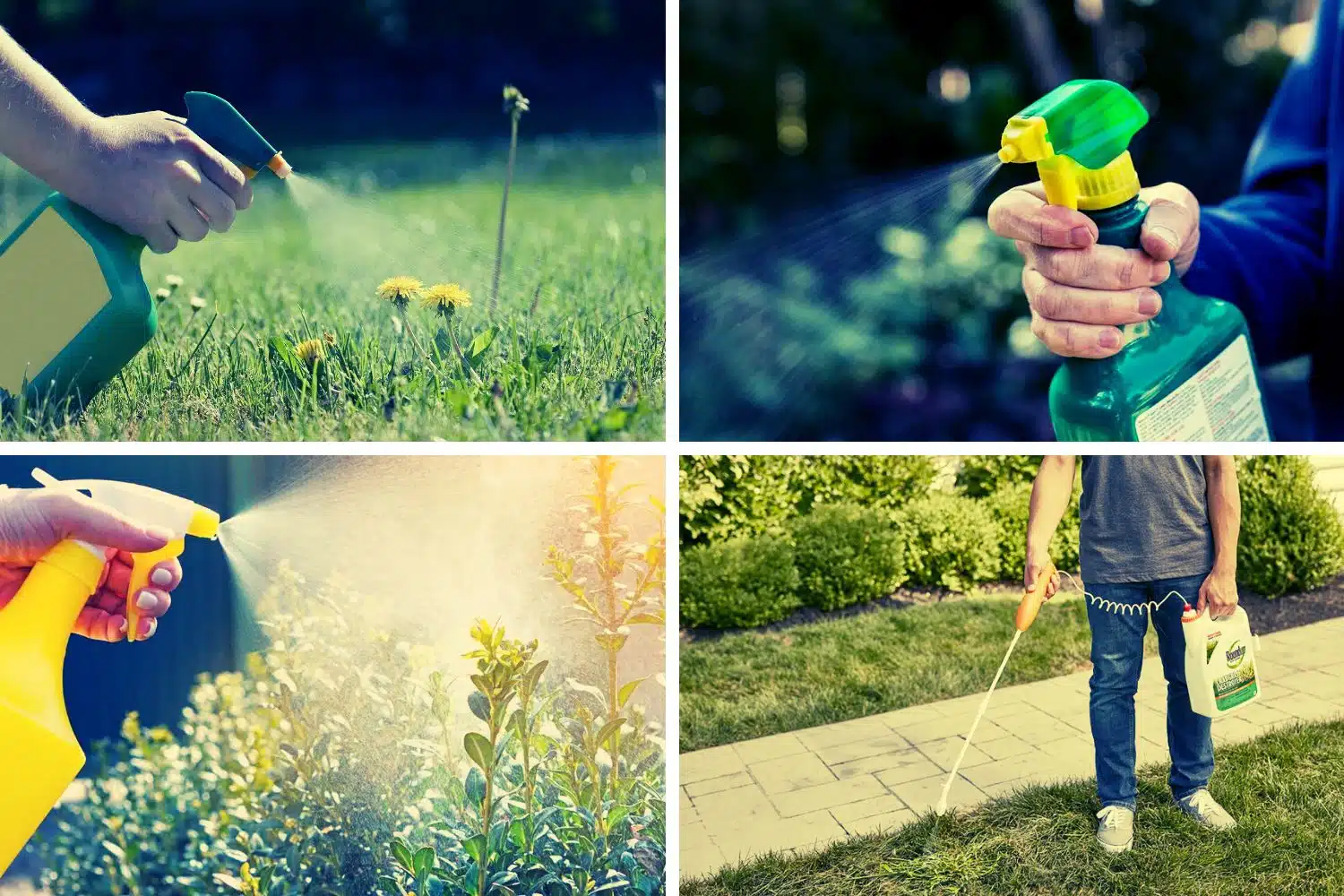Weed killers can be invaluable for controlling weeds in your lawn, garden or landscape. Unfortunately, they can be the bane of every gardener’s existence, wreaking havoc and spoiling the beauty of your plants while growing rapidly and aggressively. Before applying a weed killer, it’s essential to understand how they work and take precautions for safe and successful usage.
Weed killers, also called herbicides, contain chemicals specifically designed to target and destroy weeds. While they can be used in commercial and residential settings, proper precautions must be taken during application. For more information on this topic, check out this handy blog.
Here is some essential information you should be aware of before applying weed killers:
1. Read and Understand the Product Label and Instructions Carefully

Taking the required measures before beginning the application procedure is essential if you intend to use weed killers in your garden or lawn. Reading and comprehending the product label and instructions thoroughly is one of the most crucial stages. The product label and instructions provide comprehensive information regarding its composition, usage directions, safety warnings and potential risks.
2. Wear Appropriate Protective Gear, Such as Gloves and Eye Protection

Gloves and eye protection are two essential items you should never neglect. These products help protect you against injury and exposure to hazardous chemicals, decreasing your risk of accidents during application. Therefore, before using any weed killer, ensure you have these items on hand and in good working order.
3. Choose the Right Type of Weed Killer for Your Specific Needs

When selecting a weed killer for your lawn or garden, it’s essential to consider the specific needs of the area and the type of weeds present. The two primary categories are selective and non-selective treatments.
- Selective weed killers can be used to eradicate specific weeds without harming other plants.
- Non-selective weed killers, on the other hand, target all plant life desired and unwanted alike.
It is essential to consider a weed killer’s active ingredients and ensure it is safe for use around any pets or children who may come into contact with the treated area.
4. Monitor the Impact of the Weed Killer on Your Lawn

When using weed killers on your lawn, it’s essential to monitor their effects on the environment. Most importantly, avoid spreading the product where it isn’t intended and determine if specific weed types have been eliminated successfully by using it. While monitoring can take some time, this step is essential in creating a lush, healthy lawn free of weeds.
5. Store and Dispose of Any Unused Weed Killer Properly
When applying weed killers, it is essential to apply them correctly and store and dispose of unused products. Not only for yourself and others’ safety but also for the environment’s sake – improper storage and disposal methods can contaminate soil, water sources, and air, causing harm to plants and wildlife as well as posing a risk to human health.
In Conclusion
Weed killers can effectively maintain a healthy, weed-free lawn or garden. But it’s essential to use them safely and responsibly by following the instructions provided and taking necessary precautions for yourself, others, and the environment. Selecting the correct type of weed killer for your needs and specific weed problem is also key to getting results. By remembering these factors and responsibly using weed killers, you will be able to manage and maintain an attractive garden or lawn successfully.






